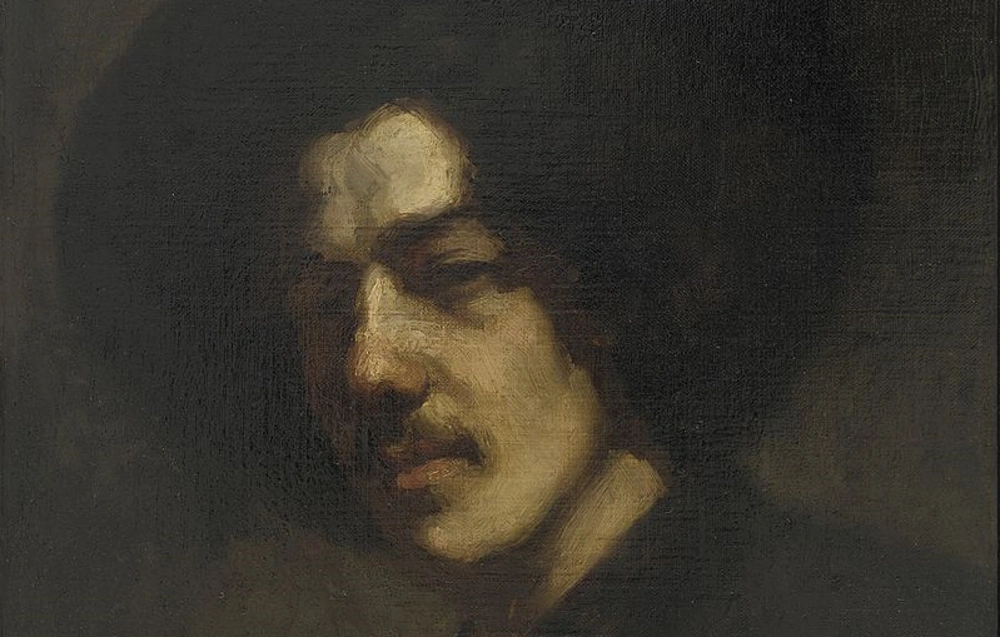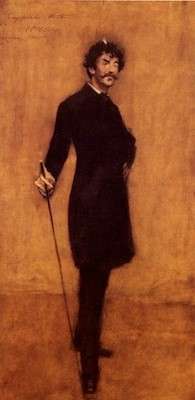James McNeill Whistler didn’t mind causing trouble, but he did mind getting kicked out of his gentleman’s club in London for it.
He’d been born in Lowell, Mass., on July 11, 1834, but spent most of his adult life abroad. After his dismissal from West Point (by Robert E. Lee, no less), he studied art in Paris.
Whistler’s signature for his paintings incorporated a butterfly with a stinger on its tail. It was perfect. His art was sensitive and delicate, his personality brash and quarrelsome. The poet Dante Gabriel Rossetti wrote a limerick about him:
There’s a combative Artist named Whistler
Who is, like his own hog-hairs, a bristler:
A tube of white lead
And a punch on the head
Offer varied attractions to Whistler.
In the summer of 1867, he lived in London, making a name for himself: going to clubs, dressing fashionably, writing letters to the newspapers. His sister Deborah had married an English artist and surgeon, Francis Seymour Haden, and they also lived in London.
Whistler Snaps
He had developed a dislike for Haden, and during an encounter in a Paris café he snapped. Whistler had come to Paris for an art exhibition, only to find that James Traer, his good friend — and Haden’s former medical partner — had died of an attack of delirium tremens brought on by alcoholism. He was 33.
Haden traveled to Paris to bury his former partner, but Whistler discovered Haden had also slandered him. Whistler ran into Haden in a café and threw him through a plate glass window.
After a magistrate gave Whistler a warning, he wrote a scathing letter to Haden calling him a bully, a humbug and a duplicitous hypocrite. It got worse. Whistler learned Haden had given Traer a ‘dog’s burial,’ without a religious service or Christian cross to mark his grave. Whistler and his friends had a cross placed on the grave and made arrangements to have Traer’s body sent to England.
Feuding
The feud then continued. Haden tried to get Whistler kicked out of the Burlington Fine Arts Club, to which gentlemen interested in the arts belonged. That infuriated Whistler.
On June 11, he wrote a letter to Rodolph Nicholson Wornum, an officer of the club who had asked him to resign. That they should instantly condemn him, he wrote, was surpassed only by the astounding suggestion that he should quietly withdraw and so confirm any aspersions cast upon him!
Eventually, he got kicked out. It didn’t help that the husband of a woman with whom Whistler had an alleged affair wrote to the club officers about Whistler’s low character. Whistler had also gotten into a fight with a construction worker in Paris.
Whistler would then go on to earn acclaim as an artist over the next 35 years. And in 1890, he published a book: The Gentle Art of Making Enemies.
With thanks to Whistler: A Life for Art’s Sake by Daniel E. Sutherland. This story updated in 2022.

